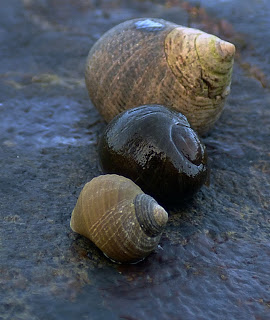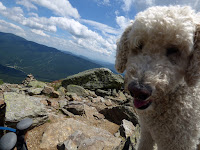Dogwhelks (Nucella lapillus)

NATURE NEWS Dogwhelks are worth getting to know An aggregation of dogwhelks and their egg capsules which look like little yellow grains of rice, that they attach to the undersides of rocks in the intertidal. Found under some knotted wrack at Seapoint Beach ME Photo by Sue Pike By Sue Pike One of my favorite books to reference while exploring the New England coast is Deborah Coulombe’s “Seaside Naturalist.” It covers almost anything you are likely to encounter along the coast and is accompanied by great illustrations that help with identifying and understanding the nature of the organism in question. After an afternoon tide pooling on a recent beautiful sunny hot day I was idly leafing through her book, reading about some of the species I had encountered. What caught my eye was an exception to my usual unconditional love of her descriptions. I had lifted up some knotted wrack (that slippery, spaghetti-like seaweed that coats mid-intertidal rocks and is actually fun ...




